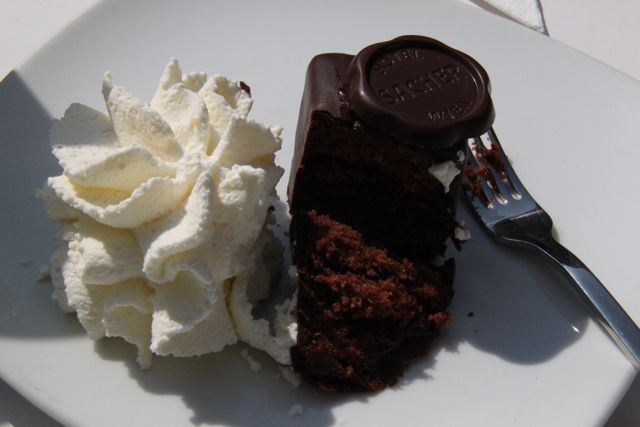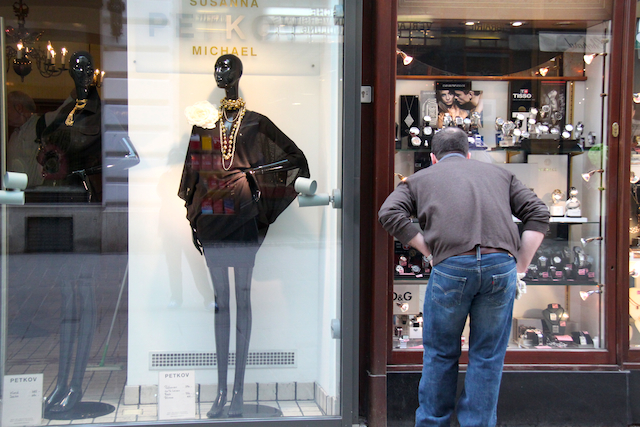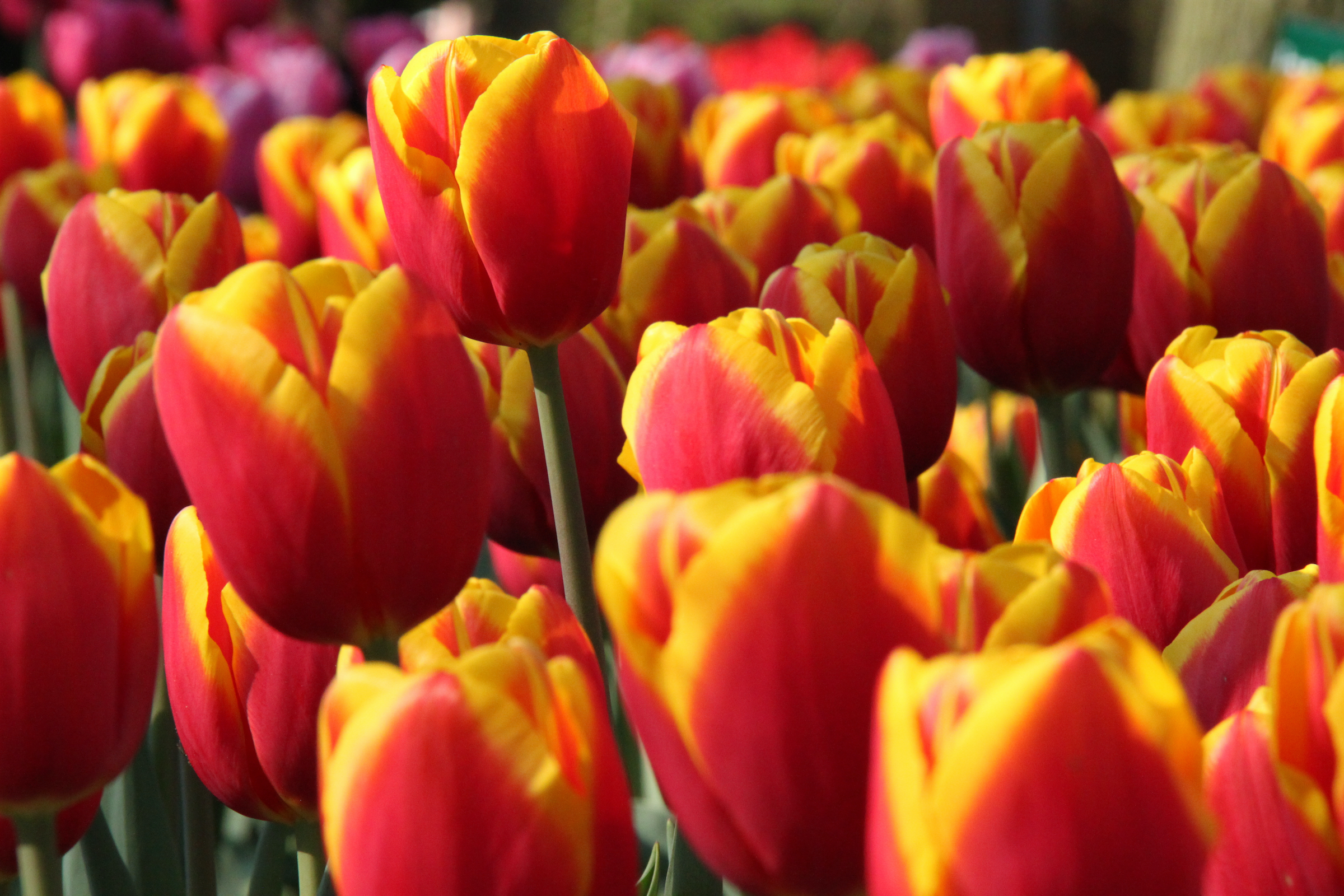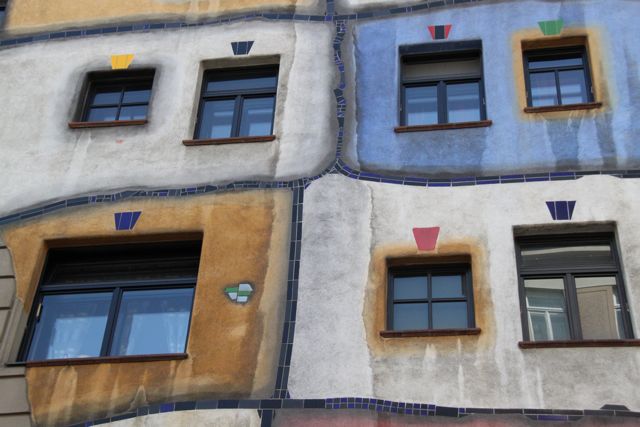Why Vienna

Vienna consistently tops surveys as the best city to live in (most recently the Mercer 2010 “Quality of Living” survey of 215 cities). Vienna also keeps you guessing: classical or modern? Eastern Europe or unabashedly western? The glorious past or the vibrant present? The answer lies in the way Vienna has embraced all these avatars with ease and created its own identity as a world-class city.
With more than a hundred museums and palaces, it is hard not to be impressed by all the grandeur on display. Yet all this history and heritage sits lightly on Vienna. There is no better proof of this than the quirky Hundertwasserhaus, an explosion of curves and colours. Set in a quiet lane away from the buzz of the city centre in the Landstrasse area, this apartment building designed by Austrian architect Friedensreich Hundertwasser seems to be Vienna’s way of thumbing its nose at the world that once thought of it as stuffy and boring.

A comfortable bed
Stay in style at the new Ring Hotel (+43 1 22122), which echoes Vienna’s current vibe of “casual luxury” perfectly. The hotel’s At Eight restaurant offers something called “aroma cuisine” that promises the experience of fresh, discernable and yet subtle flavours. Double rooms start from €219 euros (Dh1,142) including taxes.
Or indulge yourself with a room at the venerable Sacher Hotel (+43 1 51 4560). The Sacher checks all boxes: luxury, location, service. And food, of course. Even if you cannot afford to stay here (double rooms start from €395 [Dh2,060] including taxes), drop by the Sacher Café for a meal, or at the least for coffee and Vienna’s famous Sachertorte, a sinful concoction involving huge quantities of chocolate and apricot jam.

Finding your feet
The best way to see Vienna is on foot, since the city that visitors seek is enclosed within the compact ring of the Innerstadt (central district). Begin with the Hapsburg Palace and make your way from the rear exit through the maze of pedestrian streets. Walk on till you find the tall towers of St Stephen’s Cathedral looking benevolently down on Stephensplatz, the busy square that marks the centre of the town.
There are other ways of doing this too – the expensive choice (€40; Dh209 for a half-hour ride) is to clip-clop your way through the tourist sights in a horse carriage, with your driver doubling up as tourist guide. Or hop on to the yellow ring-tram that takes you on a round trip along the inner ring (€7; Dh37 for a single tour lasting 25 minutes or €9; Dh47 for a 24-hour pass) so you can mark spots that you find interesting to visit later. In the summer months there are cruises on the Danube, even going all the way to Budapest and back if you are up to it – but do not expect to see the Blue Danube: inside the city, dull brown is more like it.
The tourist information centre is behind the State Opera House, at the corner of Albertinaplatz, and has several counters with friendly and helpful staff.

Meet the locals
There is no question about this – head to a cafe, pick up a newspaper (you can ask for an English one if you don’t find it on the stand), order Melange mit Schlagobers (coffee with that mound of cream that screams calories and decadence) and watch the world come and go. Vienna is the original home of cafe culture – though Parisians would hotly contest this statement. Café Central at Herrengasse is where the movers and shakers of Vienna once used to hang out – and discerning locals still do.
A little German goes a long way in Vienna – so brush up on your basics.

Book a table
The Le Ciel (+43 1515 809100) on the top floor of the Grand Hotel is known for its Austrian and French cuisine and comes highly recommended. A standard three-course evening meal would cost €48 (Dh 240).
However, the fashionable place-to-be-seen in Vienna is Fabios (+43 15322222) which is said to have brought “Italian chic” to the city. Its signature pasta dishes are between €16 and €20 (Dh 80 to 100) while their dish-of-the-day recommendations (stir-fried carpaccio of beef filet, for example) start from 25 euros (Dh125).
Shopper’s paradise
The long stretch of Mariahilferstrasse houses all the big brands and labels. Not surprisingly, it is one of the most crowded streets in Vienna. To see where and how locals shop, head to the 500-year old Naschmarkt (closed on Sundays) near Karlsplatz. It began life as a market for fresh fruit and vegetables and is now the place to buy cheeses, breads, olives, herbs and goodies from all over the world. When tired, rest your feet at one of the trendy restaurants and cafes inside the covered market for some authentic home cooking – Italian, Turkish, Indian, Japanese and local dishes. Also make sure to nip into Demel’s on the Kohlmarkt road to take home a box of Viennese chocolates.


What to avoid
Concert tickets sold on the street by people dressed in Mozart costume – you can imagine the quality of the music peddled in fancy dress at bargain prices.
Don’t miss
Instead, go to the opera. The best thing is that you do not need to know anything about opera – just go for the experience or even simply to gawk at the opulence of the Royal Opera House. Locals book seats in advance (at the State Opera, tickets begin at 50 euros [Dh 250] and go all the way to 300 euros [Dh 1,500] and above) and dress up for the occasion while tourists have the option of walking in with jeans to buy inexpensive standing tickets for as little as five euros (Dh25) just a couple of hours before a performance.
***
Read more here… Vienna: My Kind of Place in The National, July 02, 2011





Sounds like an amazing place…have heard so much about it! Would love to see it someday…
Siddhartha, Vienna was beautiful – I loved just walking around the inner city…
I would go to Vienna just for the coffee 🙂 Wish we could have caught up in Austria. Wisssssh.
Next time…
hey, yes, would have been great to catch up… as for Viennese coffee, it left me so dissatisfied – I like my coffee in large, bottomless cups- not these dainty single sips 🙂